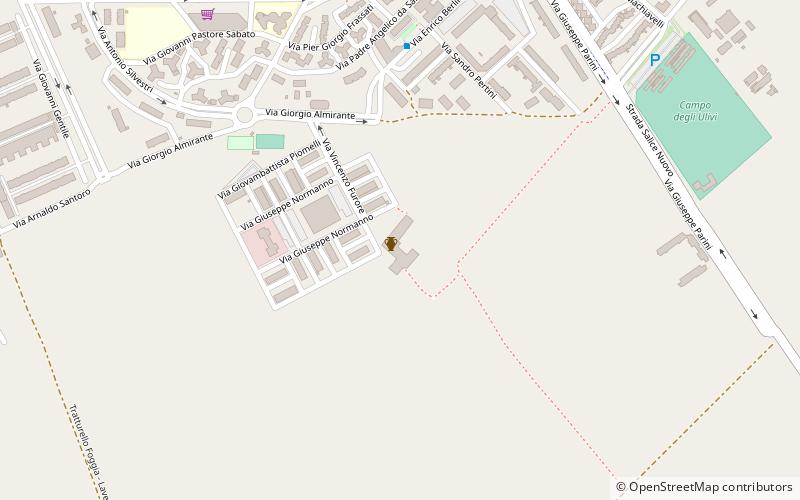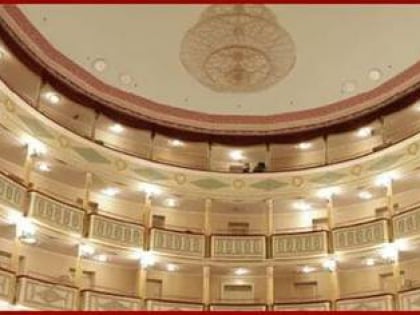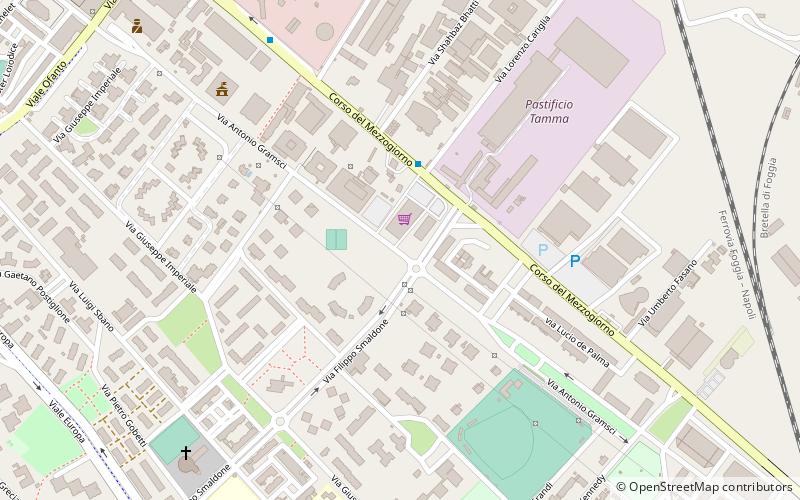Masseria Pantano, Foggia


Facts and practical information
Human settlements in the municipal territory of the city are present as early as the Neolithic period. A British R.A.F. observer officer J. B. Bradford, studying aerial photos taken during World War II, discovered that the town's municipal territory was part of the largest Neolithic Village, and among the oldest, in Europe. The inhabitants there practiced agriculture, which reached the Italian peninsula, from the distant Middle East, precisely through the province of Foggia, favored by the fertility and regularity of the Tavoliere. Only a small part of the identified settlements have become the site of the Passo di Corvo Archaeological Park, one of the few Neolithic parks in Italy. Other important finds from the same period were discovered in the city center, in the area of the Villa Comunale, the former Hippodrome, and in the Pantano locality, between the Ordona Sud, San Lorenzo and Salice Nuovo districts. In the Arpinova locality, settlements of the ancient city of Arpi have been found, such as the Hypogeum of the Medusa, the Hypogeum of the Knights, and the Necropolis. Arpi was a large and important Daunian city, founded by Diomedes, king of Aetolia, very large and populated, where there were thousands of soldiers, rich and strong also because of its geographical position, prosperous agriculture and intense trade with neighboring cities and those beyond the Adriatic, thanks to the Daunian ports of Siponto and Salapia.
The present urban core of Foggia developed after the year 1000, from the remains of Arpi and following the Norman conquest. According to tradition, the development of the city's current historic center is said to be linked to the discovery on August 13, 1073 in a body of water by some shepherds of a table depicting the Madonna, on which three small flames were burning at which an ox would genuflect. Previously in fact where the town now stands there was only a tavern at which shepherds took their animals to water, called the "Tavern of the Owl." Although the exact year of the birth of the present old town cannot be stated with certainty, it can still be said that it is attested no earlier than 1066 and no later than 1100, since there are no references to churches at the site in the bull in which Pope Alexander II lists the churches in the Trojan jurisdiction, but in Pope Paschal II's 1100 bull the church of Sancta Maria de Focis is named. The icon is still kept in the chapel to the right of the high altar of the city cathedral.
The area was marshy and malarial, and one had to wait until Norman rule to see environmental improvements. Robert Guiscard, in particular, had a large marshy area reclaimed, giving the young urban center a major economic and civic boost, which was further enlivened during the reign of William the Good, who, between 1172 and 1179, had the cathedral built in the Romanesque style and expanded the town.
Foggia
Masseria Pantano – popular in the area (distance from the attraction)
Nearby attractions include: Stadio Pino Zaccheria, Foggia Cathedral, Chiesa delle Croci, Teatro Umberto Giordano.
Frequently Asked Questions (FAQ)
How to get to Masseria Pantano by public transport?
Bus
- C.e.p (14 min walk)











